Sachin Gupta
Carbon Emission Prediction on the World Bank Dataset for Canada
Nov 26, 2022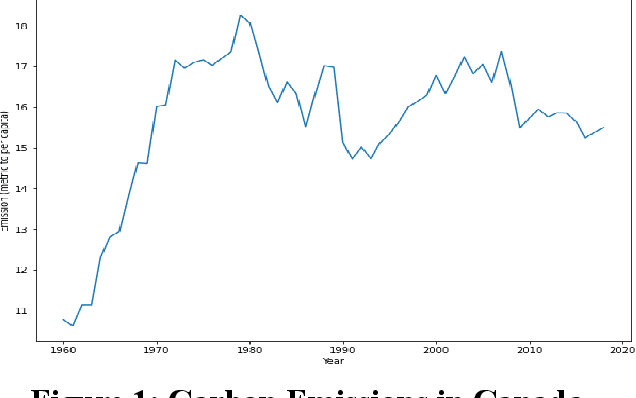
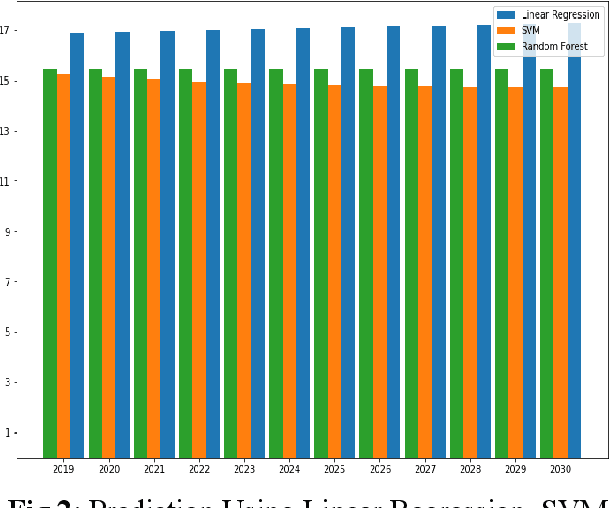
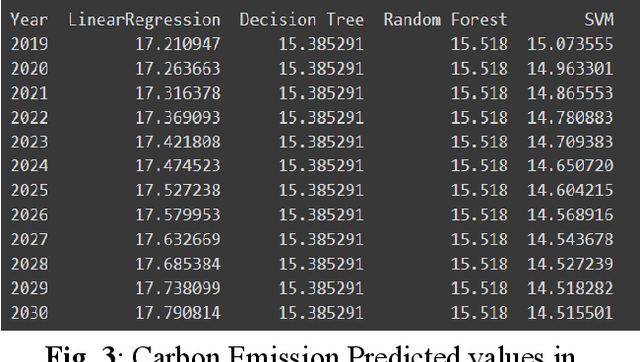
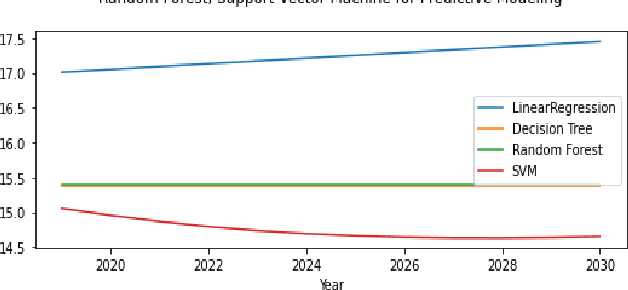
Abstract:The continuous rise in CO2 emission into the environment is one of the most crucial issues facing the whole world. Many countries are making crucial decisions to control their carbon footprints to escape some of their catastrophic outcomes. There has been a lot of research going on to project the amount of carbon emissions in the future, which can help us to develop innovative techniques to deal with it in advance. Machine learning is one of the most advanced and efficient techniques for predicting the amount of carbon emissions from current data. This paper provides the methods for predicting carbon emissions (CO2 emissions) for the next few years. The predictions are based on data from the past 50 years. The dataset, which is used for making the prediction, is collected from World Bank datasets. This dataset contains CO2 emissions (metric tons per capita) of all the countries from 1960 to 2018. Our method consists of using machine learning techniques to take the idea of what carbon emission measures will look like in the next ten years and project them onto the dataset taken from the World Bank's data repository. The purpose of this research is to compare how different machine learning models (Decision Tree, Linear Regression, Random Forest, and Support Vector Machine) perform on a similar dataset and measure the difference between their predictions.
MAG-Net: Mutli-task attention guided network for brain tumor segmentation and classification
Jul 26, 2021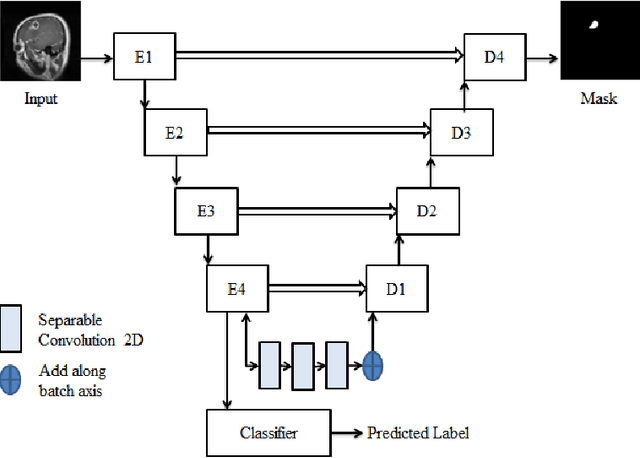

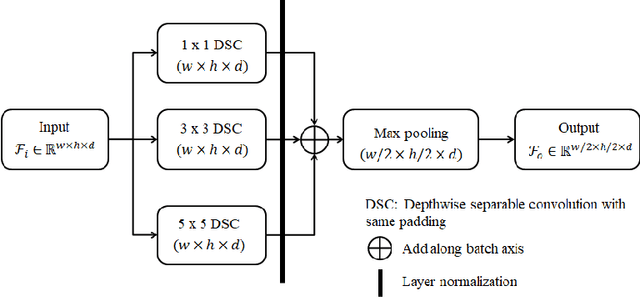
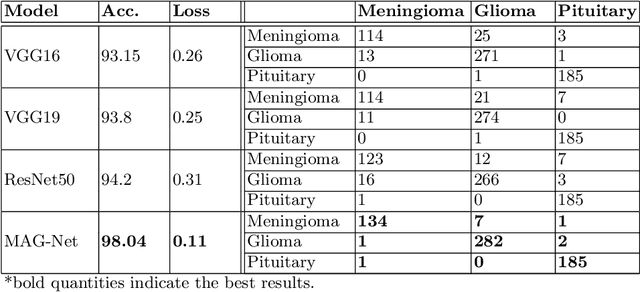
Abstract:Brain tumor is the most common and deadliest disease that can be found in all age groups. Generally, MRI modality is adopted for identifying and diagnosing tumors by the radiologists. The correct identification of tumor regions and its type can aid to diagnose tumors with the followup treatment plans. However, for any radiologist analysing such scans is a complex and time-consuming task. Motivated by the deep learning based computer-aided-diagnosis systems, this paper proposes multi-task attention guided encoder-decoder network (MAG-Net) to classify and segment the brain tumor regions using MRI images. The MAG-Net is trained and evaluated on the Figshare dataset that includes coronal, axial, and sagittal views with 3 types of tumors meningioma, glioma, and pituitary tumor. With exhaustive experimental trials the model achieved promising results as compared to existing state-of-the-art models, while having least number of training parameters among other state-of-the-art models.
 Add to Chrome
Add to Chrome Add to Firefox
Add to Firefox Add to Edge
Add to Edge